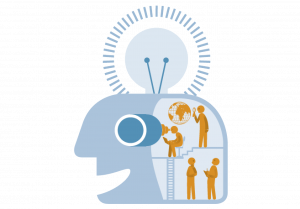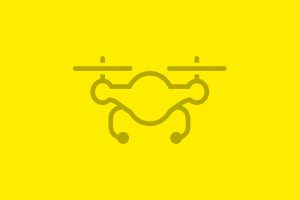Unlocking the full potential of 3D printing

How did we create impact?
Additive manufacturing has tremendous potential to change how we produce and consume plastic goods. Using waste plastic as a resource for 3D printing could divert the stream of plastic from landfills and waterways, into inclusive business models enabling people to create the products they need.
The additive manufacturing track investigated the existing solution to find a comprehensive model that works. The initiative has managed to create an alliance of 9 partners, including key players like Covestro, Big Rep, Reflow and Fraunhofer Institut.


What opportunities does additive manufacturing offer low income countries?
The way we manufacture is changing. New developments in 3D printing are leading to a rise in additive manufacturing and the ability to print larger products. The 3D printing industry is rapidly growing, yet the plastic used to create 3D printing filament is almost entirely virgin. This is poor systems design in a time where our oceans and landscapes are oversaturated with plastic waste. What if 3D printing technology can help to develop the plastic cycle; recycling it repeatedly and then breaking it down into simpler compounds?

Why do we need a more inclusive and circular solution?
- No waste leakage into rivers, and oceans. Currently, 8 billion tonnes of waste is leaked into our oceans every year. 50% of this waste comes from only 5 countries in Asia. SDG goal 12.2 sets the goal to achieve the sustainable management and efficient use of natural resources by 2030.
- Waste pickers have decent work opportunities within the waste management system. Waste pickers do the dirty work of sifting through trash to pick out valuable recyclable plastics. Yet they earn around 3-5 USD per day and are exposed to multiple risks to their health and well-being.
- Communities have access to knowledge and tools to recycle plastic locally into useful end products. Low-income communities live in environments heavily polluted with plastic, but many useful plastic products are expensive or unavailable to them. 3D printing is useful for small batches of products as well as for customised or prototype products. For many (remote) communities, this raises the opportunity to create products with local value using local plastic waste as a resource.
- At end of life, plastic is broken down safely into compounds that can be used for other purposes. Currently, plastics break down extremely slowly and release toxic compounds into the environment. Scientists have found ways to speed up the break-down using enzymes that could, in the future, provide a plastics exit strategy.

Who attended
The additive manufacturing track brought together:
- Additive manufacturing companies
- Organisations creating recycled 3D printing filament
- Corporate manufacturers and users of plastic resins and products
- Packaging companies and material scientists focussing on decomposable plastics
- Development partners experienced in working with waste picking communities
- Sustainable production and consumption policy makers

